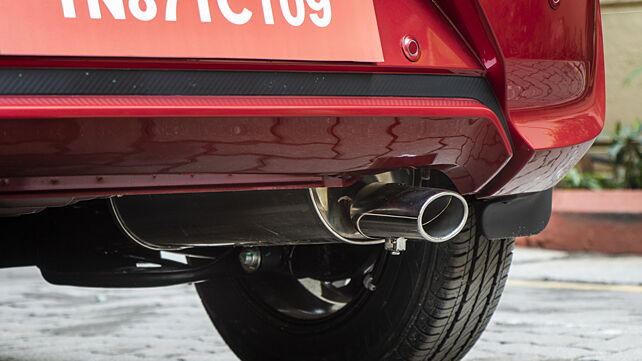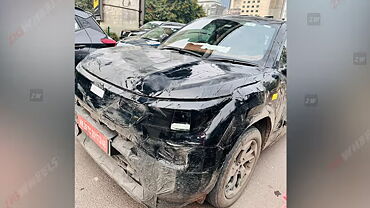
The upcoming BS-VI emission norms are set to come into effect from 1 April 2020. Since the time it was announced, there has been some uncertainty about what lies in store for current cars owners and the future car purchases. We have decided to clear up the air (no pun intended) with a series of stories debunking myths and putting light on the important issues.
Background
Before we begin, here is some background to the emission standards. BS stands for Bharat Emission standards and was introduced in 2000 with the implementation of the BS-I standards. Subsequently, the BS-II emission standard was introduced in 2005 with BS-III standards put into place in 2010. We are currently following the BS-IV standards which were employed in 2017. However, in wanting to keep pace with global emission standards, the Central government announced that India would skip BS-V norms and go directly to BS-VI as a part of this plan. This jump is a significant leap both in terms of technology as well our previous actions with regard to new emission standards.
Better Emission standards
The primary aim of jumping from BS-IV to BS-VI is to improve emission standards and in the larger scheme of things, improve the air quality in our country.
The most important factor to understanding the change in emission norms is NOx. This is a pollutant produced when nitrogen from vehicular emissions and oxygen combine. BS6-VI petrol powered cars will have to become 25 per cent cleaner as compared to BS-IV powered petrol cars. Current BS-IV petrol powered vehicles produce 80mg/km and this will have to reduce to 60mg/km.
The challenge is even bigger for diesel powered vehicles as they have three targets to achieve- reduction in hydrocarbons, NOx and particulate matter. They have to reduce by 43 per cent, 68 per cent and 82 per cent respectively. One of the other major factors that will enable cleaner emissions will be a reduction in sulphur content. Currently the BS-IV norms permit 50 parts per million while with BS-VI this will have to come down to 10 parts per million.
How will this be achieved?
One of the major steps to achieve cleaner emissions will be the compulsory fitment of an OBD (on board diagnostics) as well as the introduction of real world driving emissions. Diesel cars will have to go a step further with two options. The first is the introduction of a diesel particulate filter/Lean NOx trap which helps in controlling NOx emissions. The second and more expensive method, selective catalytic reduction, is to makes use of a water based urea solution called AdBlue that helps to control nitrogen emissions.

































